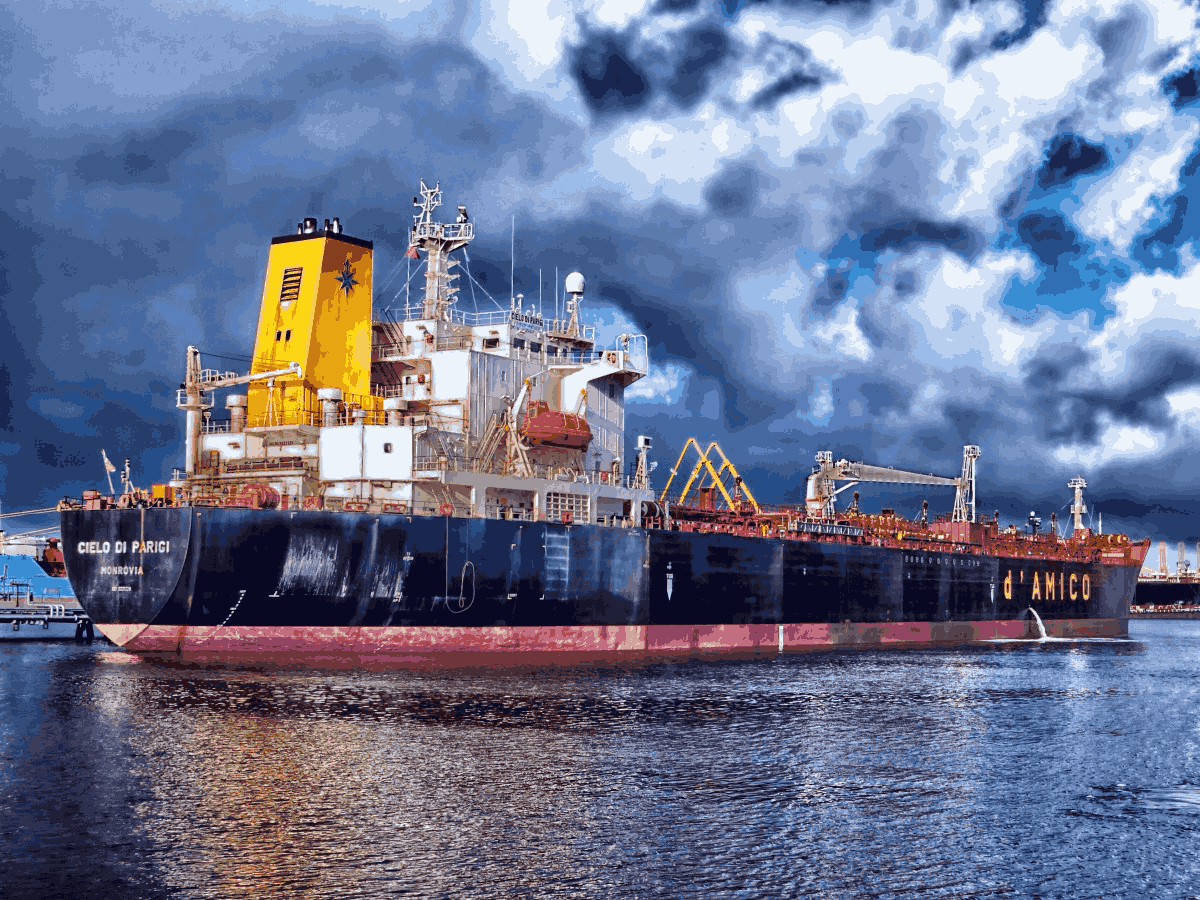Understanding the Use of Gyro and Magnetic Compasses in High Latitudes
Navigating a ship safely across oceans is one of the most crucial aspects of maritime operations. Traditional navigational tools like the gyro compass and magnetic compass have played an instrumental role in ensuring that vessels follow the correct routes. But what happens when these tools need to operate in high latitudes near the poles? High latitudes introduce unique challenges for these compasses due to the Earth’s characteristics and the ship’s motion, which can lead to navigational errors.
This blog aims to break down the specific challenges faced by gyro and magnetic compasses in high latitudes, explain the underlying issues like speed error and field direction, and provide actionable ways to mitigate such errors.
Gyro Compass in High Latitudes
The gyro compass is a highly sophisticated instrument designed to indicate the direction of True North by sensing the Earth’s rotation. Unlike magnetic compasses, it is unaffected by magnetic fields, making it widely preferred for oceanic navigation. Yet, high latitudes introduce a unique set of problems for gyro compasses.
How a Gyro Compass Works
A gyro compass relies on two motions:
- The Earth’s rotation, which creates an apparent force known as the Coriolis force.
- The motion of the ship, which interacts with the Earth’s rotation.
By sensing these forces, the gyro compass aligns its axis along the Earth’s spinning motion, which ideally directs it to True North.
Speed Error in Gyro Compass
At high latitudes, the gyro compass’s alignment is disrupted due to speed error. Here’s a closer look at the factors contributing to this error:
- Course Error: The gyro compass senses the ship’s motion, so its axis settles in a direction perpendicular to the resultant force of the Earth’s surface speed and the ship’s velocity. On courses close to the north or south directions, the course error is at its maximum. For east-west courses, this error is minimal.
- Speed and Latitude Error: The speed error depends on the ship’s rate of motion and its latitude. It worsens as the observer moves closer to the poles because the Earth’s surface speed significantly reduces at high latitudes.
For example, on northerly courses, the error tends to shift westward, and the opposite occurs on southerly courses. This misalignment can lead to deviations from the True North, reducing the compass’s reliability in polar regions.
Key Takeaway
At high latitudes, minimizing speed error on a gyro compass requires understanding the ship’s course, speed, and the latitude at which the vessel operates. Navigators must be cautious of this “latitude sensitivity” and cross-check the gyro compass against other reference systems.
Magnetic Compass in High Latitudes
The magnetic compass works fundamentally differently than the gyro compass. It depends on the Earth’s magnetic field, specifically its horizontal component, to locate Magnetic North. However, navigating near the poles poses significant issues due to changes in the Earth’s magnetic field.
Horizontal Component Challenges
The closer a ship gets to the magnetic poles, the weaker the horizontal component of the magnetic field becomes. This occurs because the Earth’s magnetic field near the poles is nearly vertical. The magnetic compass becomes less reliable as it struggles to keep consistent alignment.
For example, near the north magnetic pole in the Arctic, the horizontal forces that usually point the compass toward Magnetic North are significantly reduced. The result is erratic behavior, rendering the compass almost unusable.
Magnetic Field Misalignment Near the Poles
Aside from the weakening horizontal component, another major issue arises with the misdirection of the Earth’s magnetic field. Close to the poles, the magnetic field lines are highly distorted and point in almost vertical directions, rather than consistently oriented northward. This vertical orientation renders the magnetic compass ineffective in providing reliable navigation information.
Key Takeaway
The reliability of a magnetic compass reduces drastically beyond 70° latitude. Navigators in these regions rely more on supplementary tools like GPS or gyro compasses that are not dependent on the magnetic field.
Navigational Best Practices in High Latitudes
Navigating near the poles with gyro and magnetic compasses can be challenging, but these errors can be mitigated with proper understanding and operational adjustments.
1. Cross-Check Between Compass Systems
High-latitude navigation demands redundancy. Always compare the readings from the gyro compass and magnetic compass with additional modern systems like GPS. This cross-checking helps identify inconsistencies and ensures accurate course keeping.
2. Make Course Adjustments Based on Compass Limitations
When using a gyro compass, maintain extra vigilance on north-south courses, where errors are maximized. For east-west routes, errors are minimal, allowing for more straightforward navigation. Adjust the course accordingly based on the anticipated speed error.
3. Utilize Alternative Navigational Tools
Leverage modern navigation systems like satellite-based GPS, which are unaffected by magnetic fields and high-latitude speed error. Tools like electronic charts and radar-based systems can provide additional accuracy and redundancy.
4. Regular Calibration and Maintenance
For both gyro and magnetic compasses, regular calibration is critical. Gyro compasses may need fine-tuning for speed error parameters, while magnetic compasses benefit from proper adjustment to correct for deviation.
5. Train Crew in High-Latitude Navigation
The effectiveness of navigational equipment comes down to the proficiency of the crew. Training on how to interpret compass behavior and implement best-practice corrections is essential for safe and efficient high-latitude voyages.
6. Plan Routes Strategically
Whenever possible, establish routes that minimize time spent in high-latitude regions. By reducing exposure to the challenges posed by both gyro and magnetic compasses, you can maximize navigation accuracy and safety.
Pioneering Navigation in the Extremes
The gyro and magnetic compasses are longstanding pillars of maritime navigation, but high latitudes push the boundaries of their operational capabilities. By understanding the nuances of speed error in gyro compasses and field distortion in magnetic compasses, navigators can make informed decisions and maintain safe passage through polar regions.
Modern advancements in satellite navigation systems and digital tools complement these traditional methods, offering redundancy and accuracy in the most extreme environments. Navigating high latitudes requires expertise, preparation, and a deep respect for the complexity of the Earth’s natural forces.
For maritime professionals looking to build their expertise, investing in ongoing training and updated navigation tools will unlock the potential to conquer even the most challenging voyages.

